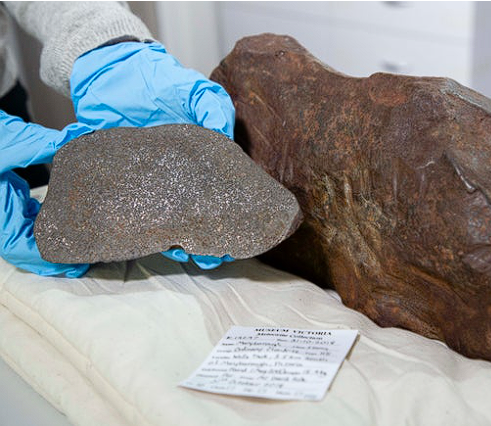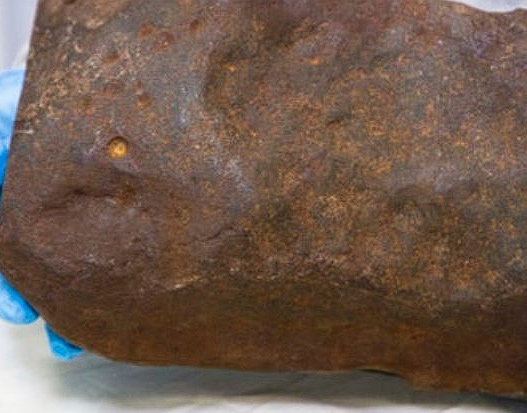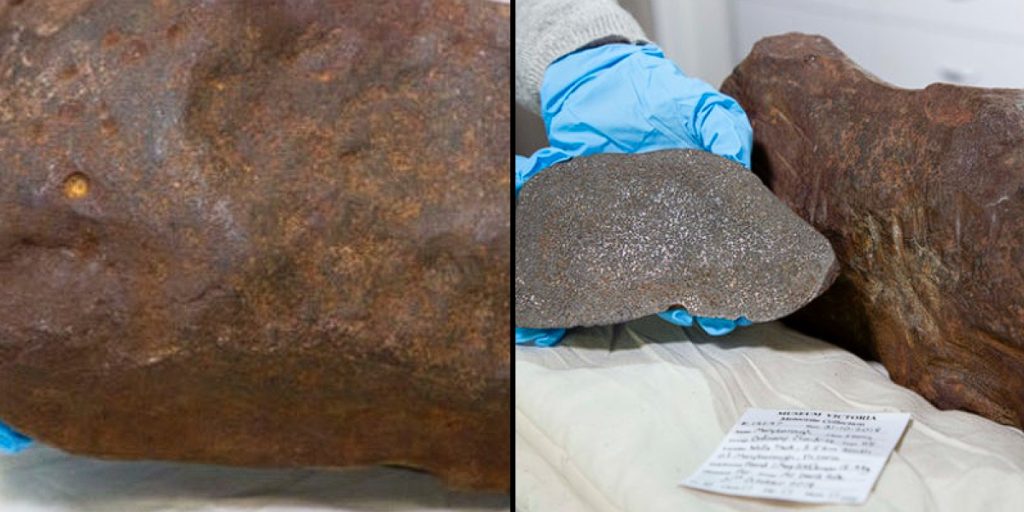Shocked to Discover What It Really Was.
Others are reading now
In an extraordinary twist of fate, what an Australian man believed to be a gold nugget turned out to be a rare and ancient meteorite. David Hole, an amateur prospector, found the unusual rock in 2015 while searching with a metal detector in Maryborough Regional Park near Melbourne.
Convinced of its potential value as gold, Hole went to great lengths to open the rock, using tools ranging from a rock saw and angle grinder to acid and a sledgehammer. Despite his efforts, the rock remained unyielding.

Also read
According to Sciencealert, the true nature of Hole’s find remained a mystery until he brought it to the Melbourne Museum for identification. There, experts revealed that the rock was not gold but a meteorite, specifically a 4.6 billion-year-old H5 chondrite. This type of meteorite is known for its high iron content and the presence of chondrules, tiny crystallized droplets of metallic minerals.
“It had this sculpted, dimpled look to it,” Melbourne Museum geologist Dermot Henry told The Sydney Morning Herald

The meteorite, weighing 17 kilograms, is a significant find due to its rarity and age. The discovery of such an ancient object, formed during the early days of the solar system, provides valuable insights into the cosmos. Hole’s initial disappointment over not finding gold was quickly overshadowed by the realization that he had uncovered a piece of space history.
This remarkable story underscores the unpredictability of treasure hunting and the hidden wonders that lie beneath our feet. While Hole was initially on a quest for gold, he ended up contributing to the field of astronomy and earth science by uncovering a relic from the dawn of our solar system.


